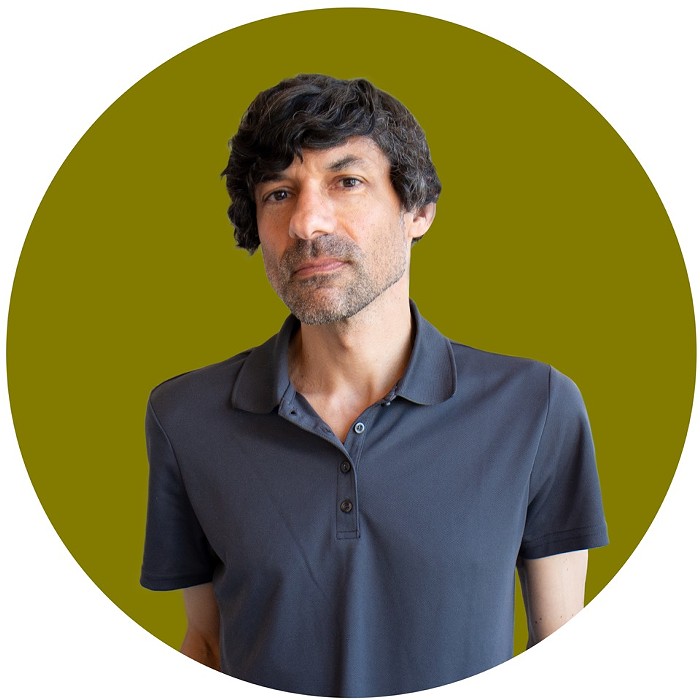When one thinks of big city symphonies, one can't help thinking of formally dressed, classically trained musicians dutifully replicating works created one or more centuries ago. Not to diminish the undeniable value of their enduring output, but at this stage of the 21st century, it's safe to say that cultured Americans possibly have had their fill of Beethoven, Bach, Mozart... and maybe even Wagner. However, we in Seattle are blessed to have a symphony director, Ludovic Morlot, who values the present and the future as much as he does the past.
On March 3, Seattle Symphony launched its latest venture, a new venue inside Benaroya Hall called Octave 9: Raisbeck Music Center, which is destined to become the locus of the symphony's most innovative programming, as well as the new base for education programs and community engagement. The inauguration of Octave 9 was done in conjunction with Krishna Thiagarajan, president and CEO of Seattle Symphony; Elena Dubinets, vice president of artistic planning and creative projects; and music director designate Thomas Dausgaard.
Thiagarajan hails the uniquely designed Octave 9 as an ideal space for patrons to experience "immersive environments." The room boasts a customizable 360-degree projection surface that can morph the space into countless scenarios. Its ceiling is honeycombed with variously shaped modules that lend it a bizarre, otherworldly aspect. According to the symphony's website, "An interactive system of motion-capture cameras and high-definition short-throw projectors respond to the motion and sound in the room, creating a multi-sensory audience experience."
Seattle Symphony composer-in-residence Derek Bermel and Octave 9's first artist-in-residence, the interdisciplinary cellist Seth Parker Woods, helped to conceive the inaugural itinerary. Perhaps the highlight of the spring schedule is the Contemporary Music Marathon. Its three acts—Nightfall, Dreams, and Daybreak—will feature works by more than 50 living composers and will be performed nonstop for 24 hours, starting at 5 p.m. on March 23.
Given the sheer scale, it's impossible to describe every promising performance, obviously, but some highlights might include avant-jazz drummer Tyshawn Sorey's Trio (for Harold Budd), electronic/found-sound composer Annea Lockwood's In Our Name, John Luther Adams's songbirdsongs, Piano Piece No. 3 from Frederic Rzewski (of improv giants Musica Elettronica Viva), versatile jazz-funk keyboardist Wayne Horvitz's Music for Mixed Quintet, master violinist Annie Gosfield's Long Waves and Random Pulses, and pieces by minimalist legends Terry Riley (G-Song) and Philip Glass (String Quartet No. 6).
"When we were developing Octave 9," Thiagarajan says, "we wanted to create programming that was just as bold and inspiring as the space. And we are already viewing the programming for Octave 9 as an integral part of the Seattle Symphony's overall artistic identity. The Seattle Symphony gives world premieres every season, so it's a core part of who we are to perform contemporary works. With Octave 9, it's even more exciting, because we now have more opportunity to share the music of our time and work with composers on developing and expanding the repertoire."
Given the relative obscurity of the musicians and composers and the relative inaccessibility of their music, does Thiagarajan think it will be difficult to draw substantial crowds to Octave 9?
"The adventurous programming for Octave 9 is a natural progression after years of successful programming on our late-night contemporary series [untitled] and the bold commissions and contemporary works on our main stage," he says. "We believe it's vital for the future of classical music to champion the music of our time, and staying true to that is really important to us. We're happy that our audience tends to agree!"
After the initial season of Octave 9 concludes in June, there will be an announcement this summer of its second season. "We're not expecting to slow down anytime soon," Thiagarajan vows.














